Afghan immigrants in Iran face strict measures. Majid Shoja, General Commander of Border Forces in Iran’s Khorasan Razavi Province, announced the arrest of 15,000 illegal immigrants this year. These individuals were sent back to Afghanistan. The Iranian Students’ News Agency (ISNA) reported this.
Shoja emphasized the importance of border security. He stated that radar-equipped towers with advanced cameras will be built on the eastern borders with Afghanistan. According to Shoja, constructing these towers will take two years. The goal is to prevent the entry of illegal immigrants and the smuggling of weapons and drugs.
Despite criticisms, Iran and Pakistan continue to deport and arrest Afghan immigrants. Hamdullah Fitrat, Deputy Spokesperson for the Taliban, said that 4,000 Afghan immigrants were released from Iranian prisons. These individuals returned to Afghanistan after negotiations with the Iranian government.
However, the detention, deportation, and mistreatment of Afghan immigrants in Iran, Pakistan, and Turkey face consistent criticism from human rights organizations. These actions highlight the complex dynamics of regional migration. Countries like Iran and Pakistan struggle with large numbers of Afghan immigrants.
The construction of advanced surveillance towers shows the seriousness of these nations in addressing illegal immigration and smuggling. The ongoing situation requires international cooperation to address the root causes of migration. It’s crucial to respect the rights and dignity of migrants. Human rights organizations play a vital role in advocating for fair treatment and humane policies. They urge governments to balance border security with compassion for those fleeing difficult circumstances.


